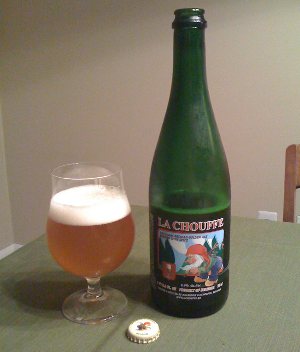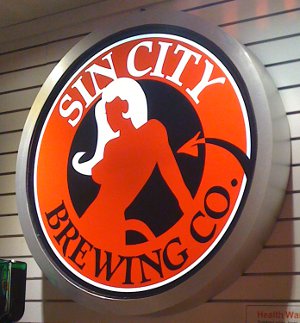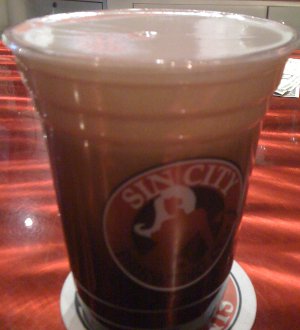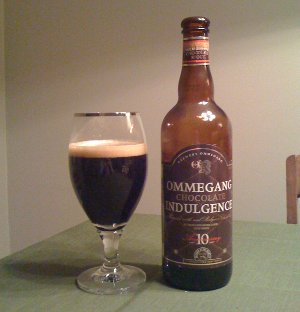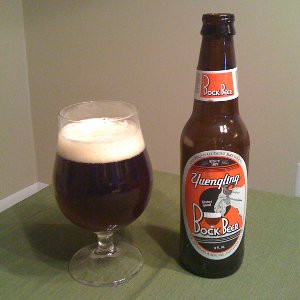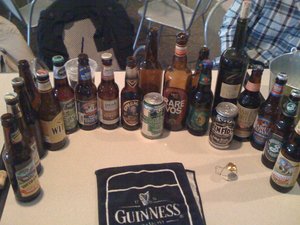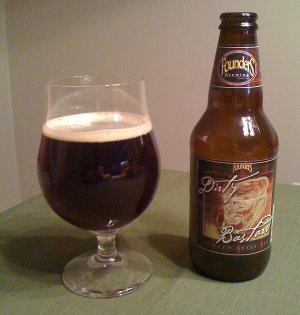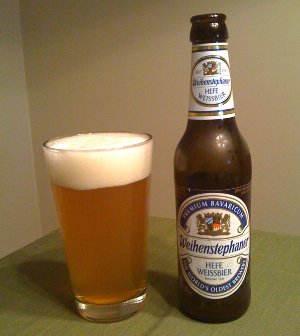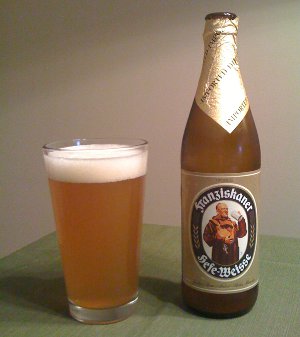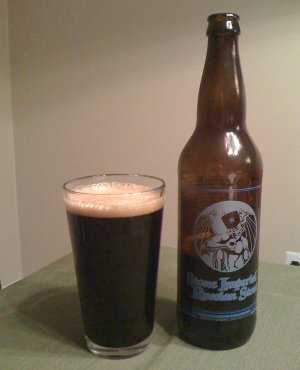This week’s double feature was a whopper. Barleywines are among the strongest beer styles out there (both of the below beers are over 11% ABV), so I knew I was in for an interesting night. From a filmic perspective, I was going to try and match the intensity of the style, but decided to go another route and perhaps contrast the style with something a little more lighthearted. As luck would have it, Netflix sent me an intriguing double feature this week: For Your Height Only and Challenge of the Tiger (both on the same disc, no less). If you haven’t heard of them, I don’t blame you. They’re both pretty horrible films, but I was hoping for a “so bad they’re good” experience out of them.
For Your Height Only is basically a Bond knock-off starring 3 foot tall filipino martial arts master, Weng Weng. Ok, so maybe he’s not a martial arts “master”, but it’s a pretty fun film in that respect. Weng uses his height to full advantage, often sneaking up behind low objects, sliding across the floor, and of course, he punches nearly everyone in the crotch. In one particularly rousing scene, he takes on some tough guys with the help of a tall woman, who basically throws him at their enemies. It’s very amusing. The story is absolutely dreadful, but manages to hit all the Bondian notes it should (there’s even a jetpack!). Challenge of the Tiger was one of a long series of cash-ins on the popularity of Bruce Lee. After Lee’s death, a number of imitators appeared, and chief among them was, of course, Bruce Le. Heh. Ultimately, I ended up paying much less attention to this film, though I have to admit that I was surprised by the amount of nudity and sex on screen here. Oh, and there’s some martial arts and fighting too. Ultimately, both these movies suck, but I am easily amused, and these actually made a reasonable match for the Barleywines. Speaking of which:
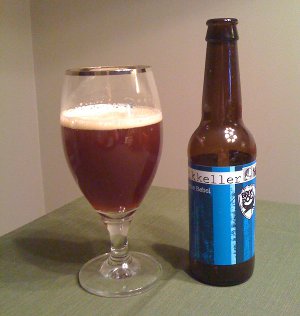
BrewDog and Mikkeller Collaboration: Devine Rebel – Scottish brewery BrewDog has been making a name for themselves with some very extreme beers. They were one of the crazy breweries attempting to make the strongest beer in the world, achieving and losing that status multiple times in an arms race that seems to have only recently ended. I believe they currently hold the record with a 55% ABV behemoth called The End of History (which you may recognize as the beer that’s packaged inside a rodent carcass). Interestingly, they also make a 0.5% ABV beer called Nanny State (apparently a response to uptight government officials worried about the brewery’s pursuit of the strongest beer title). Clearly, these guys are not to be messed with.
Enter Mikkel Borg Bjergsø, a crazy Danish homebrewer and self-described “gipsy-brewer” who takes his show on the road, brewing his beers at different breweries throughout the world. He has a home base of sorts at the Mikkeller Bar in Copenhagen, but that is not a brewery. He releases his beers under the Mikkeller brand, and I suspect the fact that he doesn’t actually own a brewery is partly why his beers tend to cost so much. Clearly Mikkeller and BrewDog are a match made in heaven, so when Mikkel heads over to Scottland to collaborate on this beer, titled Devine Rebel, you know the results will at least be interesting. For the life of me, I cannot figure out why Devine is spelled with an “e” there (instead of the more traditional “Divine”). Maybe it’s one of them alternate British spellings of the same word, or who knows, maybe Mikkel is an amateur astronomer and named his beer after an asteroid. Whatever the case, it’s quite an eclectic brew. Partially aged in Speyside whisky barrels* and utilizing both an ale yeast and a champagne yeast, I was expecting a lot out of this beer, and boy did it live up to expectations.
Pours a very nice deep brown color with some amber highlights and a rather small head. Smells of sweet fruit and, in particular, raisins, with some alcohol present in the nose as well. Taste starts off sweet, fruity and rich, with some of those raisins and maybe some of that scotch whisky character as well. Some sticky alcohol in the finish. The real star here is the texture: silky smooth, rich and creamy. Full bodied, but lightly carbonated and very easy to drink. I have to say that I’m impressed. Well balanced but powerful, unique but approachable, amazingly complex and intriguing but not overly weird, this is a really fantastic beer. The best I’ve had in a while, this one just hit me at the perfect time I guess. A
Beer Nerd Details: 12.1% ABV bottled (12 oz). Drank out of a goblet. Batch 243, bottled on 7/5/09 (so not quite two years in the bottle, but close).
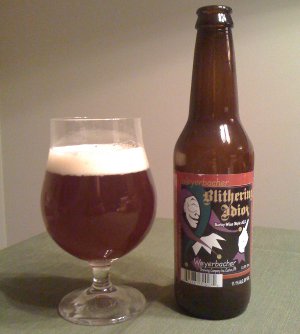
Weyerbacher Blithering Idiot – Not quite as storied or intriguing as the Devine Rebel, this local offering certainly has a wonderfully evocative name (put a few of these down in short succession, and you’ll probably be living up to the name). Pours a deep reddish brown color (a little lighter than the Devine Rebel) and another small head. Smells sweet and a little spicy. Dark fruit and raisins are there, but not anywhere near as prominently as they are in the Devine Rebel, and there’s a distinct yeastiness in the nose as well. Taste is very sweet and fruity, but less complex. Mouthfeel is smooth, but not as much as the Devine Rebel, and the flavors are nowhere near as rich. Carbonation is about the same and it is rather reasy to drink. I’ve had a few of these before and I do enjoy them, but it’s not nearly as well balanced or complex as the Devine Rebel. B
Beer Nerd Details: 11.1% ABV bottled (12 oz). Drank out of a tulip glass.
I’ve got a few more Blithering Idiots in the fridge right now, and given the fact that this style ages well (part of the reason it’s called a Barleywine is that it can be aged, like wine) I think I’ll let them stay there for a while. In the meantime, I’m going to try and find me some more Mikkeller beers (and BrewDog beers, for that matter). It looks like the 2010 version of Devine Rebel came out a bit stronger (13.8% ABV!), so I’ll have to try and find me some of that as well.
* I expect a certain Scotch loving reader will be salivating at this particular detail.
